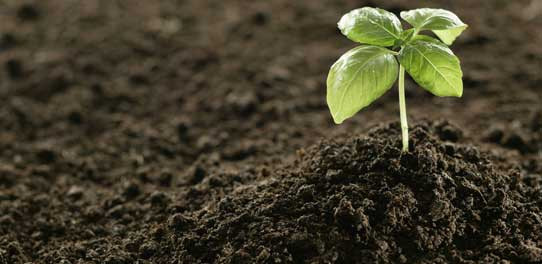 Natural fertilizers are great for a plentiful and healthy crop. One of the most popular and convenient in this category is biohumus. Let's study it in more detail.
Natural fertilizers are great for a plentiful and healthy crop. One of the most popular and convenient in this category is biohumus. Let's study it in more detail.
Content
- 1 Description of vermicompost
- 2 Features of the application of vermicompost
- 3 Garden
- 4 Exposure to biohumus application rates
- 5 The use of water extract of vermicompost
- 6 Liquid vermicompost - composition
- 7 Instructions for use
- 8 Production of vermicompost at home
- 9 Precautionary measures
- 10 Rules for storage of vermicompost
- 11 Reviews
Description of vermicompost
Biohumus (vermicompost) is the allocation of earthworms. It is used as fertilizer for seedlings when soil is depleted. This is a completely natural organic product, it is biologically active and pure. The natural composition allows you to significantly improve productivity without harming the plantings. It looks like a friable black mass, similar to black soil, which smells pretty nice.
The fertilizer contains no weed seeds, eggs of various parasites and pathogenic microflora.
Features of the application of vermicompost
Vermicompost is usually applied to the soil during digging. Fertilizer is suitable for all types of plants and soils, it is used both in open beds and in greenhouses. You can add vermicompost in any season; it is not afraid of dampness and cold. The only thing worth noting: humus is not suitable for peat soils. In combination with them, fertilizer will ruin the planting. Before using fertilizer, make sure that peat is not the basis of the soil.
Even a single application of fertilizer gives a good effect, which lasts 3-4 years (sometimes up to 7 years). However, for best results, it is recommended that you contribute it annually.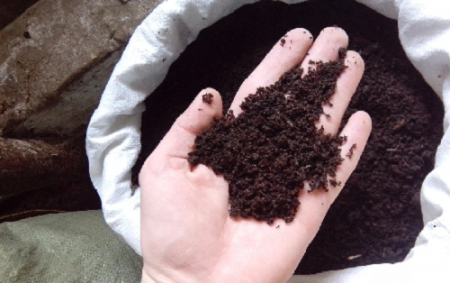
Biohumus can be used both as the main fertilizer and as top dressing. It is also suitable for resuscitation and soil restoration, insect control and seed germination (vermicompost tea).
Garden
Biohumus is suitable for garden plants, vegetable gardens, greenhouses, trees and shrubs (including forest), lawns and indoor flowers.
In the garden, it can be used for planting and subsequent fertilizing of any bushes, trees, flowers and herbs. Among other methods, flower buds can be sprayed with humus - this increases productivity. It is also possible to mulch fruitful trees and shrubs every year with a layer of vermicompost (about 2 cm).
When using vermicompost for plants in the garden, there is a significant increase in yield. Thus, the yield of tomatoes and cucumbers can increase by 20-30%, potatoes - up to 40%, and greens - up to 45%.
Exposure to biohumus application rates
When adding vermicompost, the recommended norms should be observed. They are calculated for each plant:
- potatoes - 150-200 g in each planting pit;
- vegetables and greens - 0.5-1 kg per 1 sq.m .;
- tomatoes - 200-250 ml for each sprout;
- strawberries - 150-200 ml for each bush when planting, carefully pour;
- winter crops - 700 gr per 1 sq.m., mix with the ground;
- fruit trees - 2 kg for each seedling, mix with soil;
- shrubs - 1.5 kg into the pit under the bush, mix with the soil;
- top dressing during the growing season - 1 liter per 1 sq.m. monthly;
- dressing indoor plants - 2-3 tablespoons for each plant monthly.
No need to be afraid to use too much fertilizer. Biohumus is harmless to plants, so that exceeding the norms will not destroy them.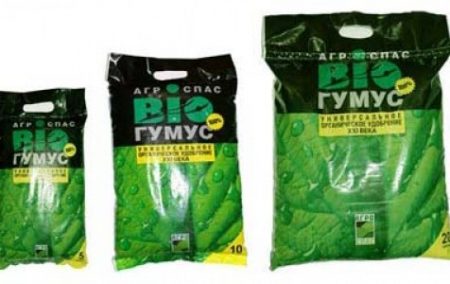
The use of water extract of vermicompost
Water vermicompost infusion, aka vermicompost tea, is easy to prepare at home. To do this, mix 1 cup of dry vermicompost with a bucket of water at room temperature and insist 24 hours.
In the resulting solution, the seeds of the plants are soaked before planting for about 12 hours.Also, the infusion is used to spray fruit trees, shrubs and flowers at any period of their development.
Liquid vermicompost - composition
Liquid vermicompost is a dry extract, which retains all its properties, but is even more concentrated. It consists of:
- humates;
- useful trace elements (nitrogen, phosphorus, potassium, calcium, etc.);
- vitamins;
- fulvic acids;
- amino acids;
- hormones of natural origin;
- compost.
Liquid vermicompost is more popular than dry because of its greater efficiency.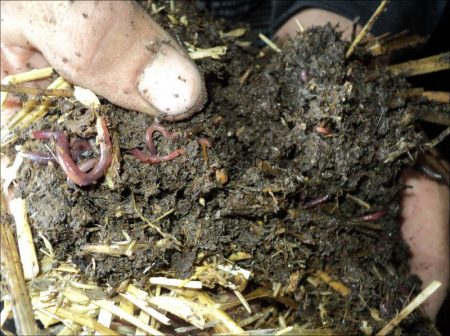
Instructions for use
Liquid vermicompost is used in 3 cases:
- for presowing preparation of seeds;
- before planting seedlings in the soil;
- for spraying.
In the first case, it is necessary to dissolve liquid humus in water in a proportion of 1:20. Seeds are soaked in the resulting liquid for a period of 6 (legumes) to 24 (parsley, dill) hours. It is worth noting that onions and potatoes can be soaked for only half an hour before planting.
Before planting seedlings, vermicompost must be dissolved in water in a proportion of 1:50 and poured into each well.
Spray the plants with a solution of liquid humus and water in a weak concentration (1: 200 ratio). This method is suitable for any crop.
Production of vermicompost at home
There are many cooking options for humus. Here is the simplest instruction according to which each person will be able to make fertilizer.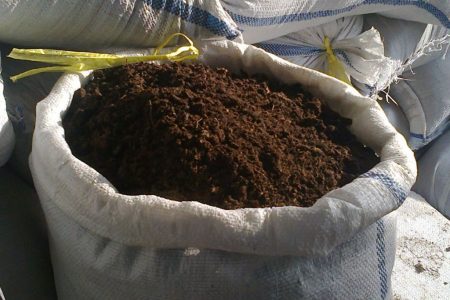
- Prepare the foundation. It may include peeling vegetables and fruits, peeling seeds, eggshells, leftover bread and other parts of food.
- Grind the workpiece with a blender until smooth. Dry it.
- Fill the bottom of the container with earth 3-4 cm and let the worms go there. Mix the resulting mass to the ground in equal proportions.
- Make holes in the bottom of the container (to drain the water) and in the lid (for air). The humus "farm" is ready.
- Every 2-3 weeks add to the earth a new portion of organic matter. Water the ground periodically with warm water to avoid drying out.
Now worms will live in the upper part of the container, and biohumus will form under them. The container should be left in a warm place for 4-5 months so that the fertilizer is ready for use.
Worms can simply be dug up or purchased at the store. It is better to choose California Reds - they are most active. Earthworms and earthworms are also suitable.
Precautionary measures
Biohumus is not toxic, so there are no special requirements for its use. However, hygiene rules must be followed. Wear rubber gloves before use and wash your hands thoroughly afterwards. Keep fertilizer particles away from the skin and the inside of the body.
If humus gets on the skin, wash it thoroughly with soap, in the eyes or on the mucous membranes - rinse thoroughly with water, and if swallowed, induce vomiting using a weak potassium permanganate infusion.
Rules for storage of vermicompost
Store in a dry enclosed area away from food, children and animals. Humus fully retains its properties even after drying, freezing and thawing. The appearance of sediment in liquid vermicompost also does not affect its quality. You can not leave the fertilizer under direct exposure to sunlight for a long time.
The substance is not fire hazard and does not explode. Shelf life - 1.5 years from the date of production.
Reviews
This is what gardeners and gardeners write about vermicompost. It is worth noting that forum users usually prefer liquid fertilizer.
Milan, Nizhny Novgorod:
“We have a couple of greenhouses. Harvest there a little, but I wanted more) We bought vermicompost, every week they sprayed them with tomatoes, cucumbers, peppers, eggplant. The result is excellent, there has not been such growth yet! Pepper is now 1.5 meters high, and before it was very low.And the harvest is generally wonderful! Giant pepper (planted bogatyr, but had not grown before), tomatoes and cucumbers 1.5 times more! I won’t talk about eggplant yet, we plant them for the first year, but have already eaten up) I recommend it to everyone and I will buy Biohumus! ”
Venus, Bobruisk
“Excellent fertilizer if used on ordinary land. If applied on peat, the plants will simply burn. With vermicompost there are no problems, you just need to make sure that the color is like a weak tea. Flowers love him very much, especially indoor roses. But my soil was peaty, after the first watering the roses almost burned out! I immediately pulled them out and put them in the water, quickly departed. So you need to be careful. I’ve been using it for 4 years on ordinary land, it’s enough for a long time and the result is not bad. ”

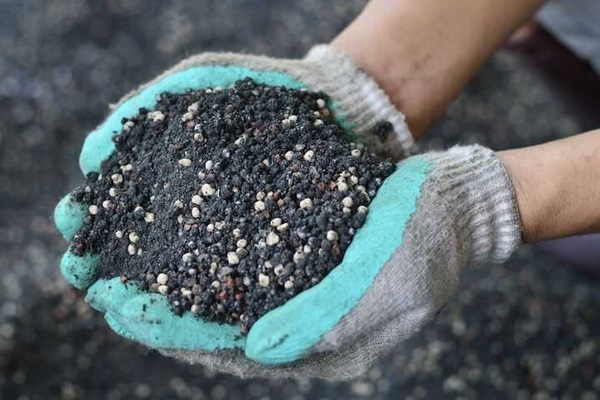
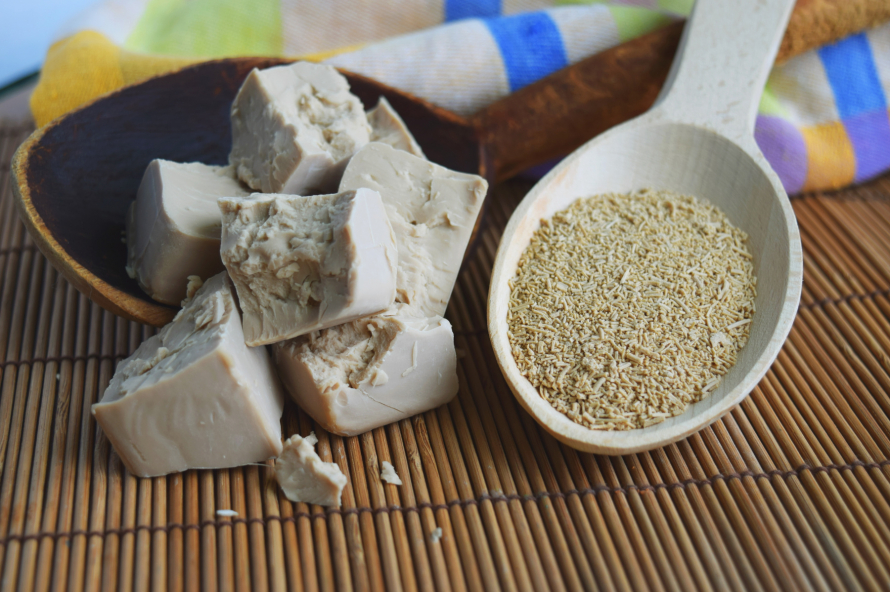
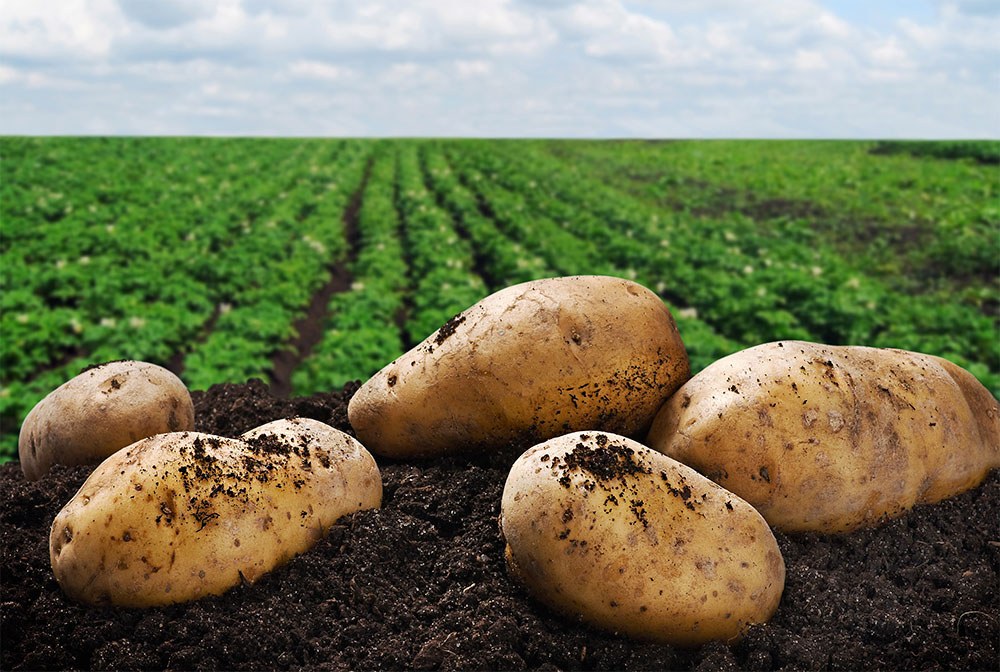
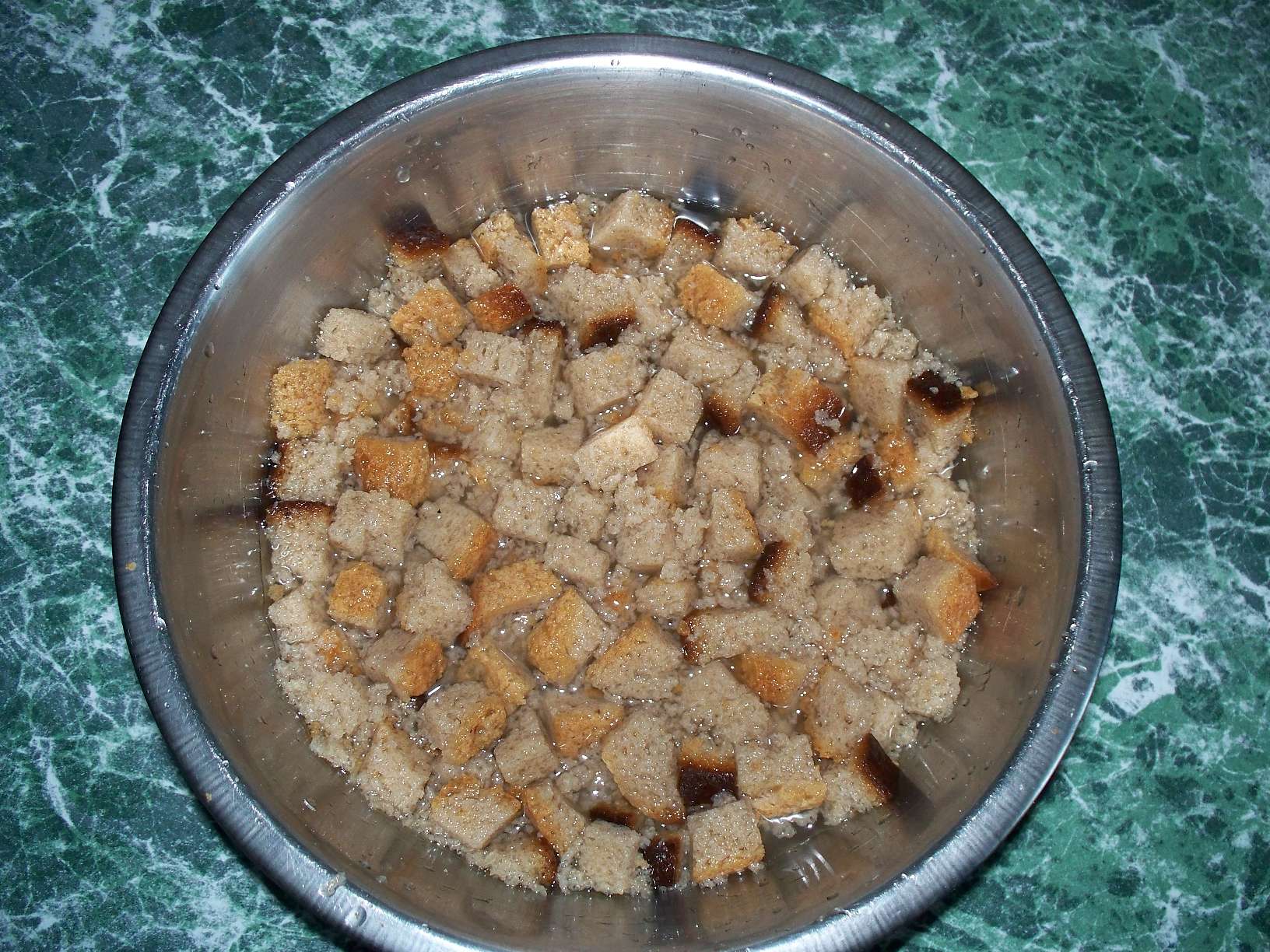 How to make bread infusion for feeding cucumbers
How to make bread infusion for feeding cucumbers Superphosphate: what is it and how to apply it
Superphosphate: what is it and how to apply it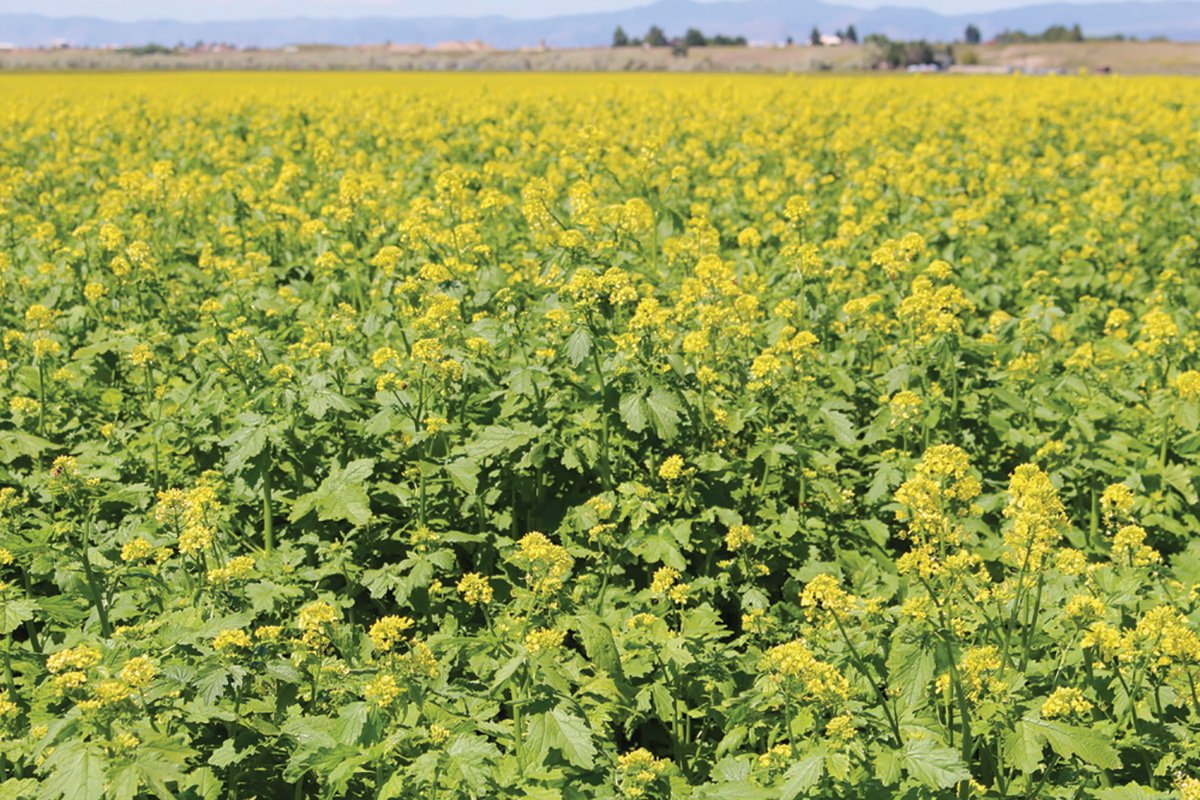 What problems can be expected from siderats?
What problems can be expected from siderats?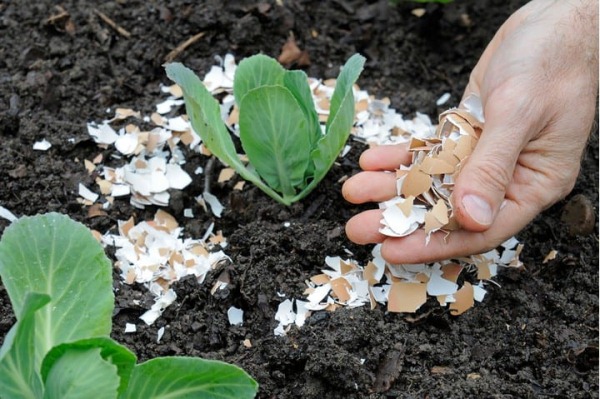 Secrets of the collection, storage and use of eggshells in the garden
Secrets of the collection, storage and use of eggshells in the garden